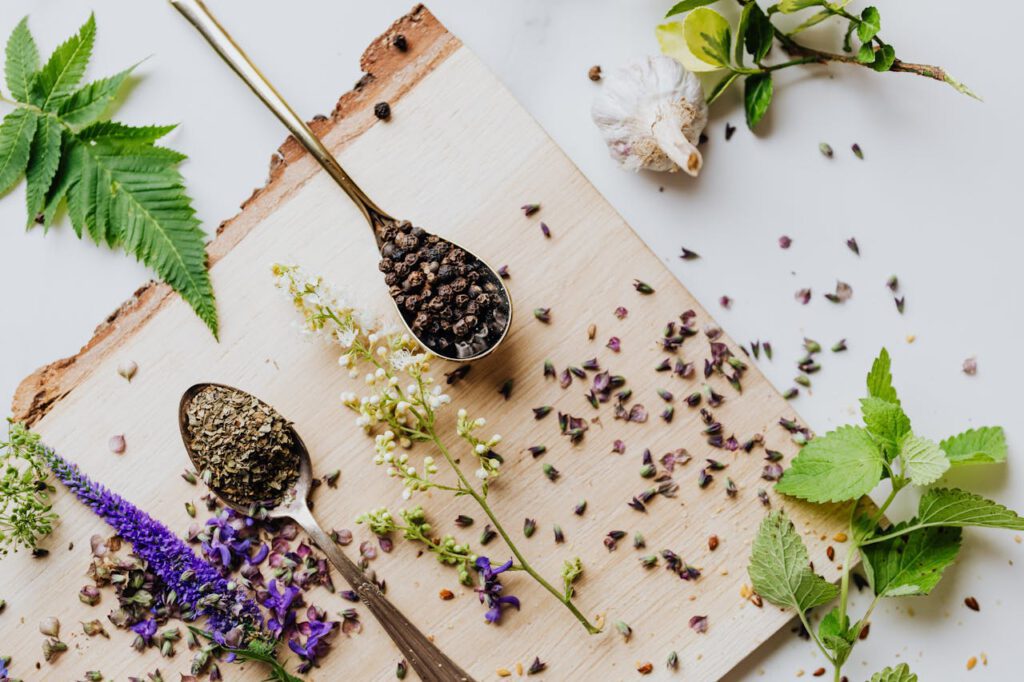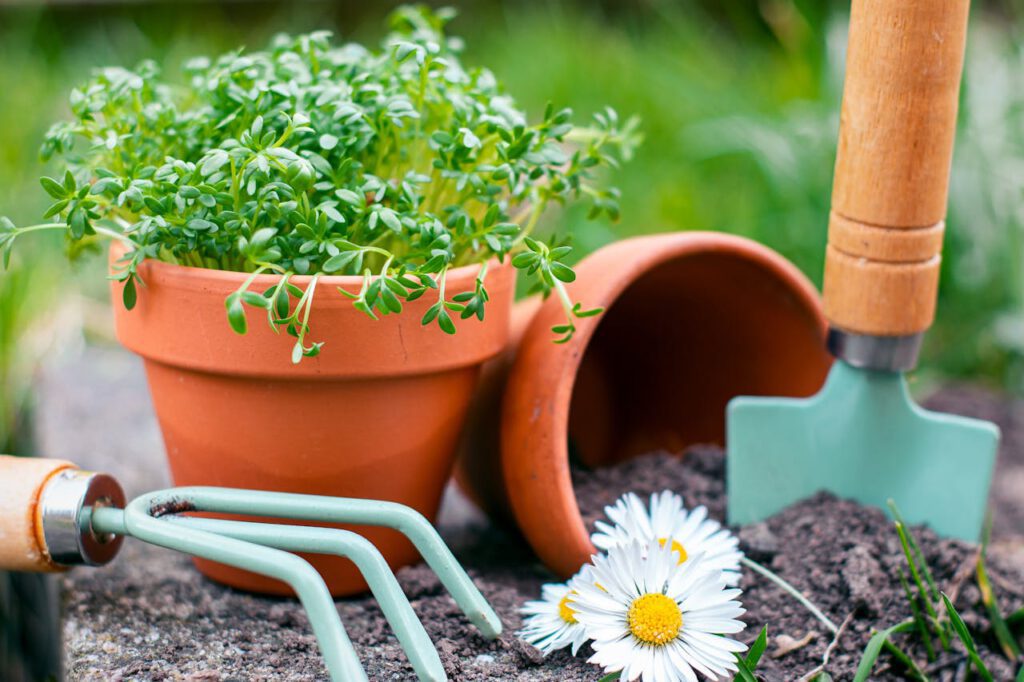Growing your own edible flowers is not just about cultivating a garden; it’s about transforming your culinary experience with freshness and flavor. Imagine stepping into your backyard and plucking delicate nasturtiums or vibrant calendulas, knowing that these blooms will soon adorn your dishes with color and taste. From salads to desserts, edible flowers elevate ordinary meals into extraordinary culinary creations.
To begin your journey of growing your own edible flowers, choose varieties like pansies, violets, and marigolds known for their distinct flavors. These flowers not only add a visual feast to your plate but also offer nutritional benefits and a touch of whimsy. Embrace sustainable gardening practices, ensuring your flowers are free from pesticides and grown in nutrient-rich soil, to savor the true essence of homegrown goodness.
Tips To Growing Your Own Edible FLowers
Choose the Right Flowers
Start with popular edible flowers like nasturtiums, calendula, pansies, violas, and marigolds. Make sure they are grown from seeds labeled as edible and avoid using any that may have been treated with pesticides.
Soil Preparation
Use well-draining soil rich in organic matter. A good quality compost can help provide the necessary nutrients. Test the soil pH to ensure it’s suitable for the specific flowers you want to grow; most edible flowers prefer slightly acidic to neutral soil (pH 6.0-7.0).
Sunlight
Plant your edible flowers in a spot that receives plenty of sunlight—typically 6-8 hours a day. Some flowers, like violets and pansies, can tolerate partial shade, but most will thrive in full sun.
Watering
Keep the soil consistently moist, but not waterlogged. Overwatering can lead to root rot, while underwatering can stress the plants and reduce flower production. Water early in the day to allow the foliage to dry before evening.
Companion Planting
Consider planting your edible flowers alongside vegetables and herbs. Many edible flowers can attract beneficial insects and deter pests, which is a natural way to protect your garden.
Harvesting
Pick the flowers early in the morning after the dew has evaporated but before the sun gets too hot. Use clean scissors or pruners to avoid damaging the plants. Only harvest flowers that are in full bloom and remove the stamens and pistils before eating.
Pest Control
Use organic pest control methods like neem oil, insecticidal soaps, or introducing beneficial insects like ladybugs. Avoid using synthetic chemicals, as they can make the flowers unsafe to eat.
Regular Maintenance
Deadhead spent flowers to encourage more blooms and prevent the plants from going to seed too quickly. Regularly check for signs of disease and treat them promptly.
These tips should help you grow healthy, flavorful edible flowers that you can use to add color and taste to your dishes, creating a connection between garden and kitchen that enhances your culinary adventures. Whether you’re a seasoned gardener or new to planting, growing edible flowers empowers you to craft dishes infused with nature’s beauty and your own creativity. Visit our store to see some delicious cafe creations that use edible flowers.
Content generated with the help of ChatGPT



I’ve always wanted to have a small flower garden in my backyard.